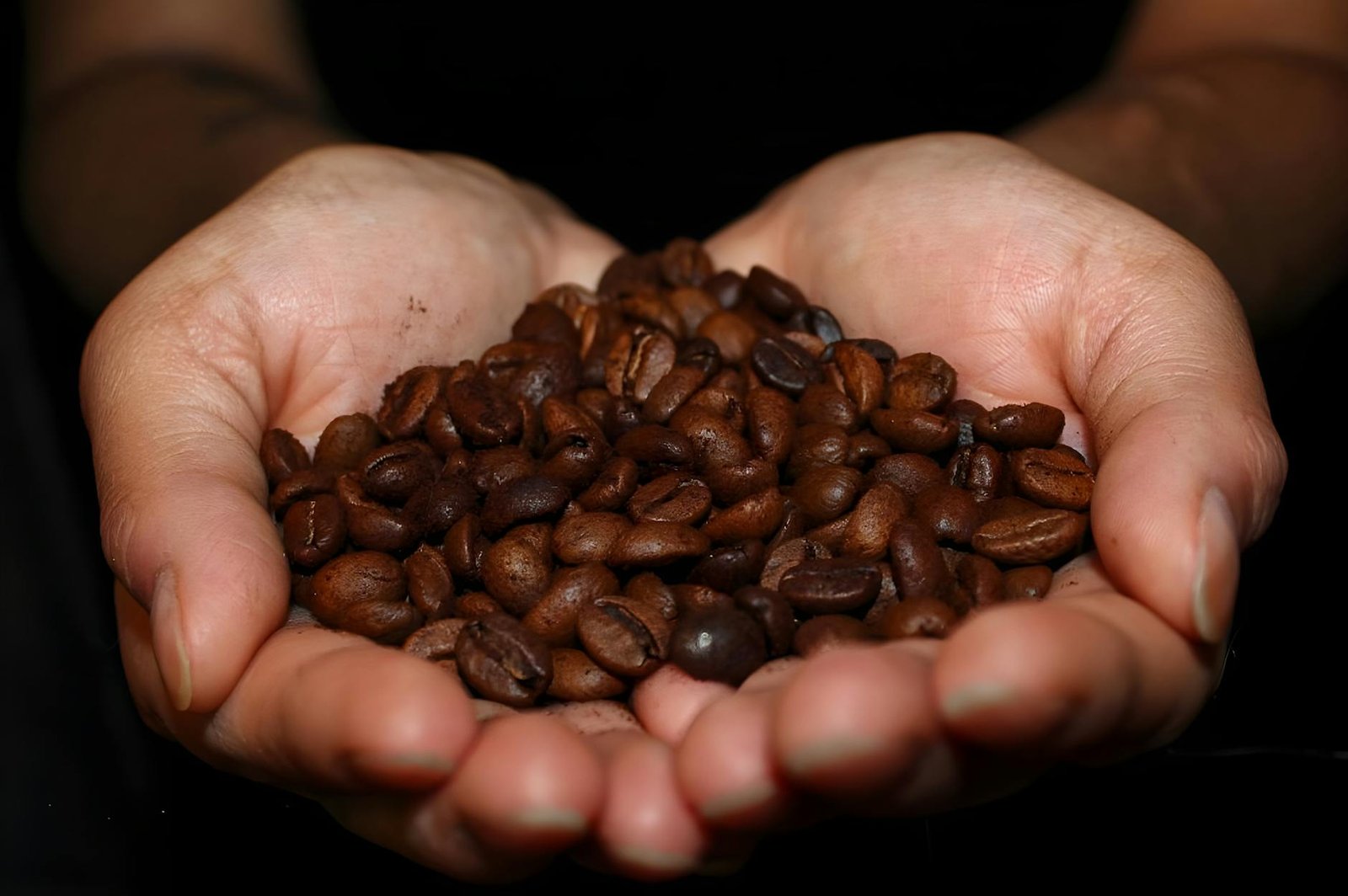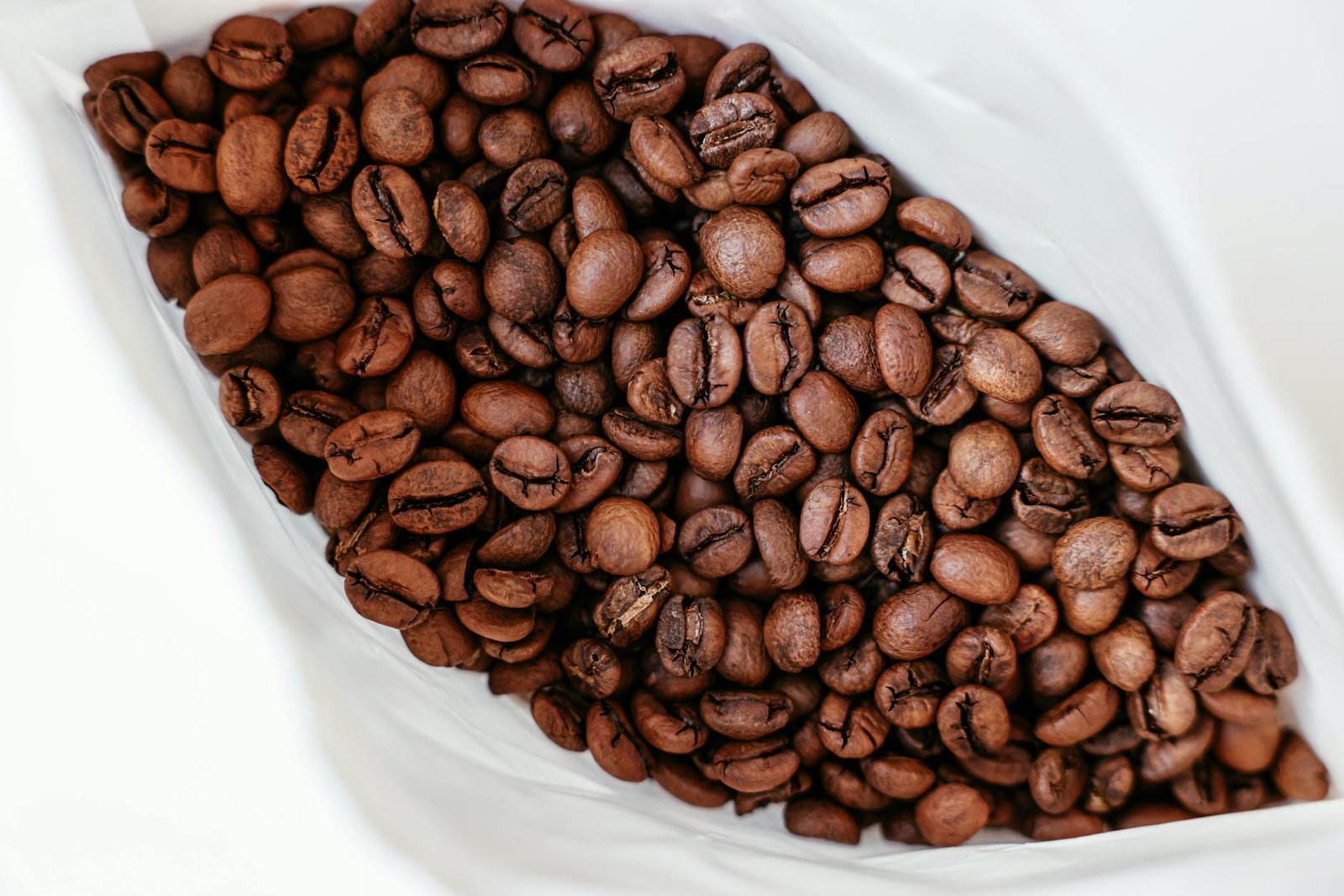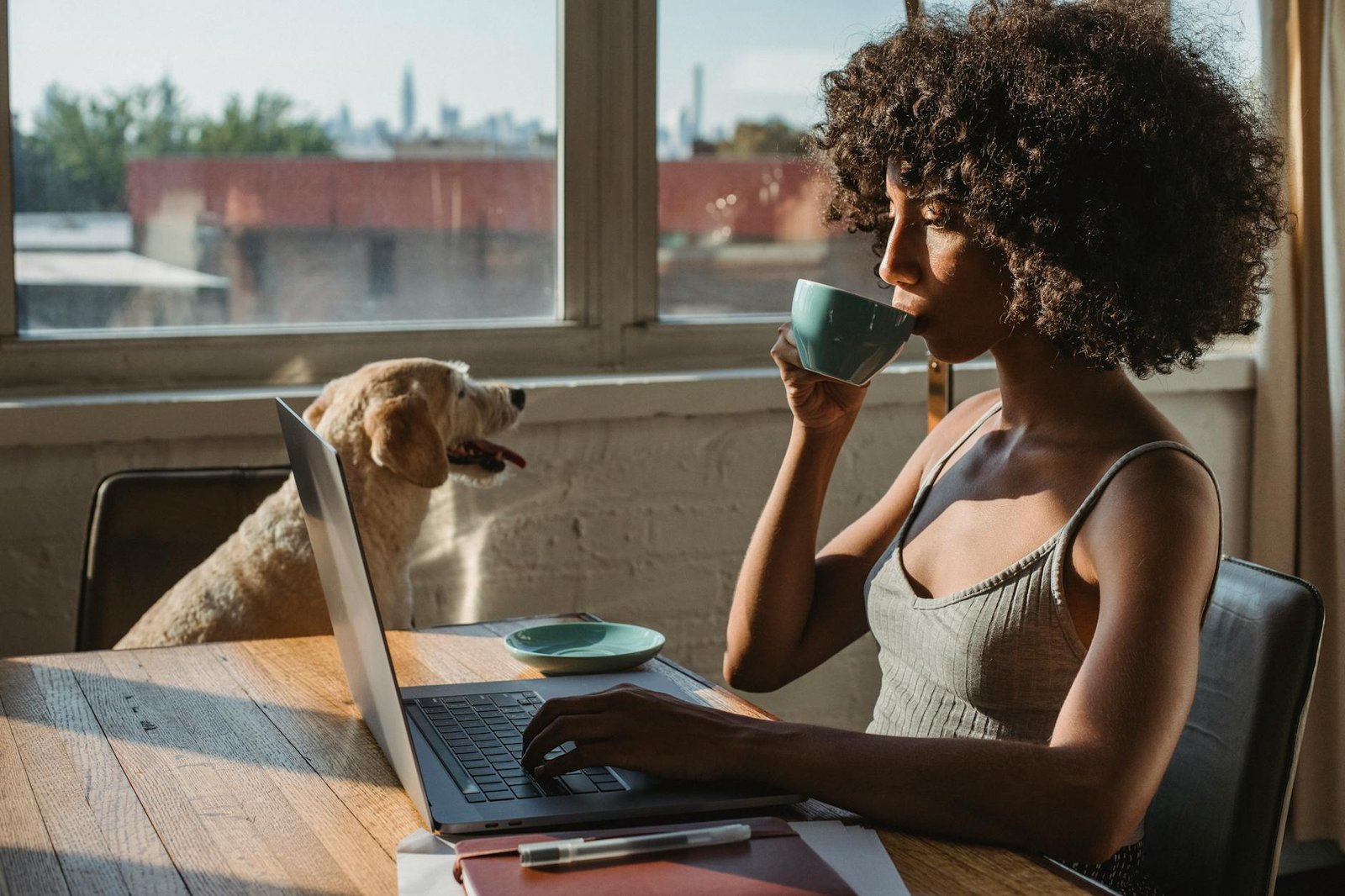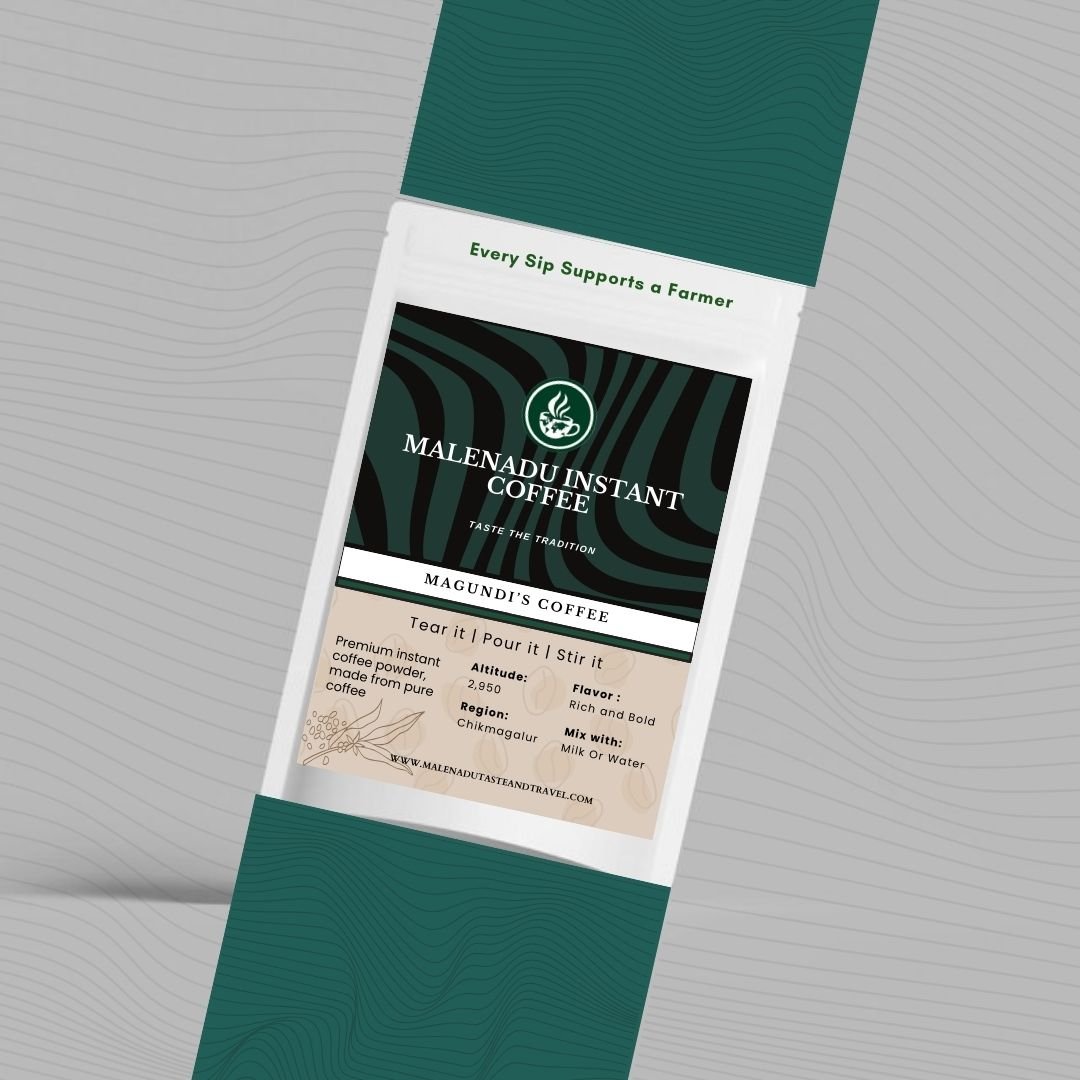Your cart is currently empty!

Exploring the World of Coffee Roasters: A Complete Guide
What is Coffee Roasting?
Coffee roasters turns raw, green coffee beans into the fragrant, brown beans we grind and brew. The roasting process is essential for unlocking the coffee’s flavor. By exposing the beans to high temperatures, typically between 350°F to 450°F (177°C to 232°C), the beans undergo chemical transformations that develop their flavor. This intricate process can make or break the final taste of the coffee, making coffee roasting a true art form.
Roasting coffee isn’t just about applying heat; it’s about timing, temperature control, and precision. Roasters must consider the bean type, its moisture content, and the desired flavor profile.
The Role of Coffee Roasters
The journey from farm to cup involves several key players, and coffee roasters are vital in ensuring the beans reach their full potential. Roasters are the individuals or companies responsible for applying heat to green coffee beans, coaxing out unique flavor notes that vary depending on how long the beans are roasted and at what temperature. Roasters act as the bridge between coffee farmers and coffee drinkers, transforming raw beans into the aromatic product you brew at home.
Types of Coffee Roasters
Drum Roasters
This is the most traditional method and is still used by many large-scale roasteries. In a drum roaster, beans are placed in a rotating drum that is heated from the outside. The drum slowly rotates, ensuring that the beans roast evenly.
Fluid Bed Roasters
These roasters work by blowing hot air through the beans. Because the air roasts the beans rather than the surface of the drum, this method produces a cleaner, more uniform roast.
Air Roasters
Similar to fluid bed roasters, these use a stream of hot air to roast the beans. Air roasters are typically smaller and favored by home roasters or small-scale operations.
To get a deeper understanding of modern coffee roasting techniques, Coffee Technicians Guild offers excellent resources.
The Science Behind Coffee Roasting
At its core, roasting is a series of chemical reactions that transform the composition of the coffee bean. The heat causes Maillard reactions, where sugars and amino acids react to form complex flavors. This is similar to how food browns when cooked, resulting in rich, savory flavors. Caramelization occurs as the sugars in the beans break down, producing the sweet and nutty tones found in well-roasted coffee.
During roasting, moisture inside the beans evaporates, causing them to expand and crack. You may hear this referred to as “first crack” and “second crack.” These cracks are auditory markers that help roasters determine when the beans are roasted to perfection.
Light, Medium, and Dark Roasts
Roasters categorize coffee beans based on their roast levels: light, medium, and dark. Each level affects the coffee’s flavor, acidity, and body.
Light Roast
Known for its bright, acidic flavor and more complex, fruity notes. Light roast coffee is roasted for the shortest time, preserving the bean’s natural characteristics.
Medium Roast
A balanced option with moderate acidity, medium roast coffee has a fuller body and tends to bring out both the natural flavors of the beans and the flavors developed during roasting.
Dark Roast
Roasted for longer, dark roast beans have a richer, bolder flavor. This roast often exhibits notes of chocolate, caramel, and sometimes even a smoky quality.
To understand more about roast levels, check out this informative guide from Coffee Review.

The Art of Coffee Roasting
Roasting coffee is more than just a mechanical process—it’s an art form. Experienced roasters balance science and intuition to coax out the best flavors. They must decide the ideal time to stop the roast, as even a few seconds can make the difference between a great cup and a mediocre one.
Many specialty roasters develop signature styles, experimenting with blends of beans and roast levels to create unique flavors. This creative process has given rise to the craft coffee movement, with consumers becoming more aware of how roasting affects their cup.
Roasters have become more experimental, testing single-origin beans and working with farmers to emphasize the beans’ natural flavors.
Specialty Coffee Roasters
Specialty coffee roasters are a step above your typical roasters. They emphasize quality over quantity, often working directly with coffee farms to source the best beans. These roasters use small batches to perfect their roasting techniques, focusing on consistency and flavor development. Specialty roasters usually offer single-origin coffee, which allows drinkers to experience the unique flavors of a specific region or farm.
Specialty roasters also prioritize transparency, making it easier for consumers to understand where their coffee comes from and how it was roasted. If you’re curious about how specialty coffee is revolutionizing the industry, explore the work of Specialty Coffee Association.
Why Malenadu Coffee is Unique
Malenadu Coffee, sourced from the Chikmagalur region in India, offers something truly unique to coffee lovers. This region’s ideal altitude, rich soil, and tropical climate provide the perfect growing conditions for high-quality beans. The slow ripening of the coffee cherries at high altitudes results in beans that are packed with flavor. These beans are then carefully roasted to bring out their distinct notes, whether it’s fruity, nutty, or chocolatey.
To truly appreciate the depth of flavor that Malenadu Coffee offers, learn more about the Chikmagalur region’s growing conditions through this detailed guide from the Coffee Board of India.
Sustainable Coffee Roasting Practices
The coffee industry has placed an increasing emphasis on sustainability in recent years. Roasters are increasingly adopting eco-friendly practices, using energy-efficient roasting machines, and sourcing beans from farms that prioritize environmental conservation.
Sustainable roasting doesn’t just benefit the planet; it often results in better-tasting coffee, as sustainable farms tend to prioritize quality over quantity. Some coffee roasters are even experimenting with carbon-neutral roasting processes, ensuring that their operations have a minimal environmental impact.
Home Coffee Roasting
For those looking to take their coffee experience to the next level, home roasting is an option worth exploring. While it requires a bit of investment and learning, home roasting allows you to control your coffee’s flavor profile and freshness. All you need is a small coffee roaster (or even a popcorn maker) and some green beans.
Home roasting is gaining popularity as more coffee enthusiasts seek the freshest coffee possible. By roasting at home, you can experiment with different beans and roast levels, discovering the perfect cup tailored to your taste.
If you’re considering starting your coffee roasting journey, Sweet Maria’s is a fantastic resource for beginners.
The Impact of Roasting on Coffee Beans
Roasting transforms the structure of coffee beans. As they heat up, the beans expand and lose moisture, which changes their physical properties. Roasting also affects the beans’ solubility during brewing. The darker the roast, the more porous the beans become, allowing water to extract the flavors more easily.
Roasting also releases oils in the beans, which contribute to the flavor and aroma. These oils become more pronounced in dark roasts, which is why you often see shiny dark-roasted beans.
To understand how the roast profile affects coffee flavor, check out this in-depth article from Perfect Daily Grind.

Choosing the Right Coffee Roaster
If you’re looking to buy coffee beans, selecting the right roaster is crucial to ensuring you get the best cup possible. Look for roasters who prioritize quality and transparency. Many specialty roasters list the origin of the beans and provide detailed tasting notes. This gives you a clearer idea of what to expect from each batch.
Consider your flavor preferences when choosing a roast. If you enjoy bright, acidic flavors, opt for a light roast. If you prefer bolder, richer flavors, a dark roast may be more suitable. You can also look into the roaster’s sustainability practices to ensure your purchase supports ethical and eco-friendly farming.
If you’re interested in exploring premium coffee, check out the specialty blends at Blue Bottle Coffee.
Conclusion
Coffee roasting is a complex yet fascinating process that involves both scientific precision and creative intuition. From light to dark roasts, every level of roasting unlocks different flavors, offering something for every palate. Understanding the role of coffee roasters, the types of roasting machines, and the science behind the process will deepen your appreciation for every cup you enjoy.
Roasters are the unsung heroes behind your favorite coffee, carefully transforming raw beans into the flavorful brew that brightens your morning. Whether you’re a coffee enthusiast or just starting to explore the world of coffee, learning about roasting will undoubtedly enhance your coffee experience.




Leave a Reply